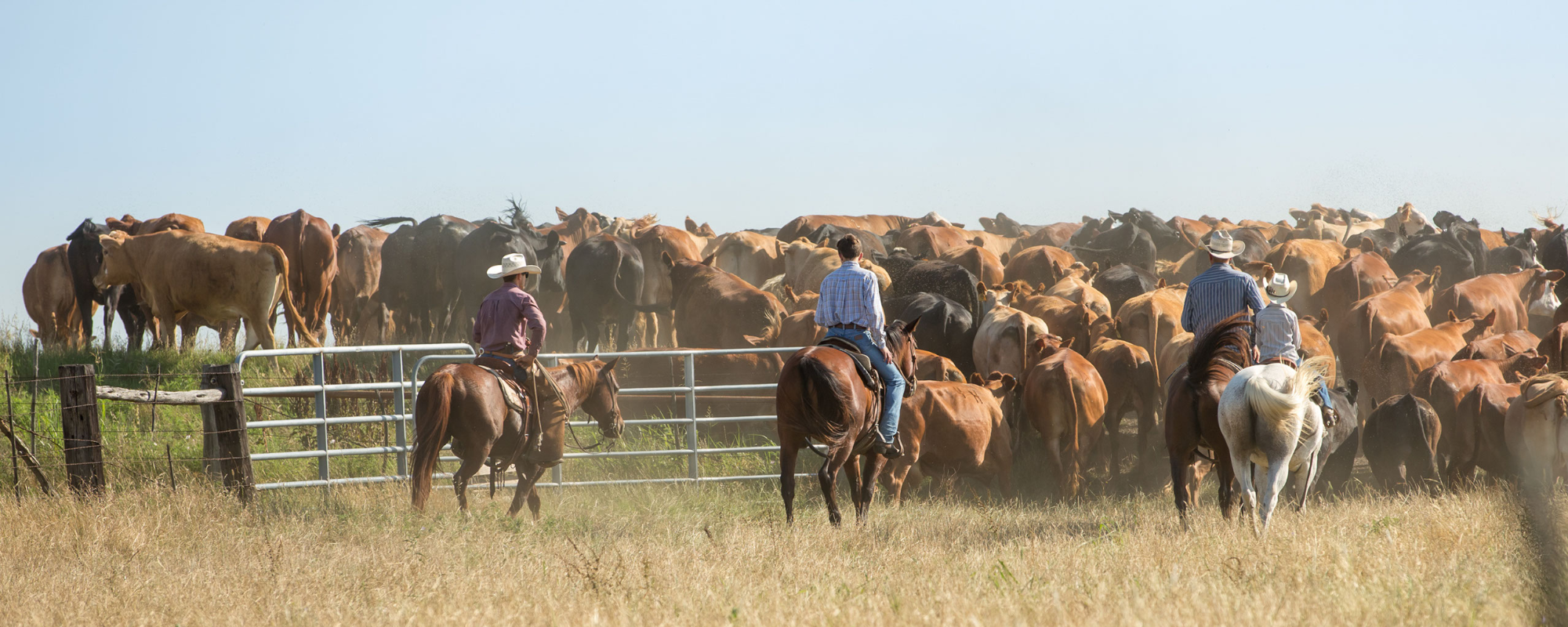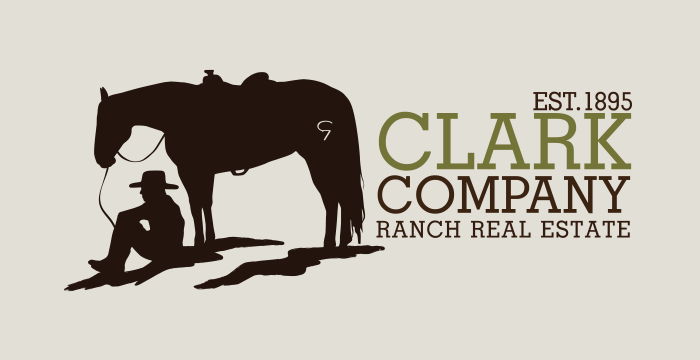Understanding the Current State of the Beef and Cattle Industry
The Situation today
The beef and cattle industry has been a major part of our country’s culture and economy for many decades. As one of the oldest and most integral members of the agricultural community, it provides food to millions of Americans, as well as essential services to restaurants, supermarkets, and other food service operations.
Over the years, ranching has evolved to incorporate advances in technology, improved management practices, and sustainability initiatives. However, the beef and cattle industry is facing some serious challenges. From drastic fluctuations in weather patterns to shifting consumer behaviors, they are constantly adjusting to the changing landscape.
Ranchers and farmers alike have felt the stinging effects of a tumultuous climate—both environmentally and economically—over the last few years. There are numerous reasons for this unprecedented moment in time, from the pandemic to pricing and beyond.
It’s a highly complex situation with lots of players and opinions, so to help our readers get caught up, Clark Company created this overview broken down by topic. This is by no means the “be-all and end-all” of the cattle and beef industry (that would undoubtedly take several very long books to capture), but we hope you will find it a helpful starting point.
As always, we welcome input from our fellow ranchers out there, so please feel free to share your thoughts and experiences with us by emailing info@clarkcompany.com.
Extreme Weather
From bone-dry drought to ravenous fires to 100-year flooding, California’s ranchers have seen it all in the last few years. This causes all kinds of obvious challenges when it comes to operations, but a lesser-known one is feed for cattle.
According to the American Farm Bureau, the cost of feed for cattle operations has been higher than in recent history due to a combination of factors, including poor weather conditions, higher fuel prices, and an overall lack of availability of feed raw materials.
Drought, fire, and flooding have badly affected cattle ranchers who rely on natural vegetation for nutrition. Weather has destroyed billions of dollars worth of crops, leaving many ranchers with the daunting task of replacing their feed at high market prices. The California Department of Food and Agriculture has stated that the cumulative impact of the drought will account to nearly $3 billion losses for the state.
Declining herd numbers
Cattle numbers are at the lowest level they’ve been in over six decades, while the herd culling rate was at a record high of over 13% in 2021 and 2022. Ranchers are now left to rebuild their herds from these depleted numbers.
Herd rebuilding is expected to be slow, as the number of replacement heifers is below what the industry needs for adequate rebuilding. The result is predicted to be smaller production and fewer cattle available for slaughter in 2023, potentially leading to higher beef prices and decreased availability of beef for consumers.
Many ranchers are using cover crops and building reserves to aid in restoring and rebuilding their herds. The current, high-quality meat available to consumers is a testament to the resilience of ranchers and the critical importance of the industry to our nation's food supply. With careful management and the right strategies, the industry is expected to recover.
Corporations and COVID-19
Leading up to the COVID-19 pandemic, America's increasingly corporate-centric food system was forcing numerous independent farms, ranches, suppliers, and more to shutter.
“In short, the country’s once diverse local and regional foodsheds were systematically erased over time as corporate power in the food system accelerated, leaving us all more vulnerable to something like a pandemic,” advocacy group Farm Aid said in an article called Understanding the Economic Crisis Family Farms are Facing.
As restaurants, schools, processing plants, and other key markets closed, farmers and ranchers were forced to plow under fields of produce, dump milk, and even euthanize animals, placing even more pressure on small farmers and ranchers.
Pricing and inflation
Another striking shift in the beef and cattle industry has been the drastic change in pricing. While prices for food in grocery stores have increased by 5.6%, farmers saw prices drop by 4.8% in 2020 alone. This discrepancy was particularly stark for beef, where farmers had to endure a 17% price drop for their livestock, even as shoppers were paying 25% more for beef.
And while cattle prices are starting to improve, beef prices still remain high. Ranchers argue this is due to price-fixing by a handful of major meatpackers. The discrepancy between the price consumers pay and what farmers receive is extreme, with consumers now receiving an average of 14.6 cents for every dollar spent on food.
Convenience, Sustainability, and Animal Welfare
During this turbulent time, the industry is also seeing a shift in consumer behavior and values. Shoppers have become much more value-centric, focusing on price, convenience, sustainability, and animal welfare.
According to the Power of Meat report released by the North American Meat Institute and The Food Industry Association, the top drivers of meat purchase decisions are product quality and appearance followed by price per pound and total package price. Beef is the biggest seller in fresh, followed by chicken.
The report shows 33% of Americans are eating less meat. The reasoning for that decision is about a 50/50 split between wanting to save money and “sustainability and animal welfare.” This has increased demand for beef that is hormone-free, antibiotic-free beef, and/or grass-fed, as well as meat substitutes and alternatives, such as plant-based proteins and lab-grown meats.
Still, many ranchers argue this shift in consumer behavior is due to overhyped claims about the benefits of plant-based products and the cattle and beef industry being unfairly labeled as a Climate Change villain.
The industry is working to make running cattle more efficient through better grazing management and feed adjustment to reduce carbon emissions.
Closing Thoughts
America’s ranchers and farmers are the backbone of their respective communities and the cornerstone of local economies. Their impact is plain to see; when ranches and farms succeed, populations thrive — but conversely, failures bring hardship upon towns as well.
This is especially true in more rural communities like San Luis Obispo County. According to the U.S. Department of Agriculture, approximately 20% of all rural counties are dependent on agriculture.
These regions suffer greatly when ranchers and farmers can’t continue operations due to bankruptcy or displacement caused by devastating economic conditions or weather events. This causes a ripple effect on equipment dealers, manufacturers, purchasers and processors, and eventually consumers.
How can I directly help cattle ranchers and beef producers?
Purchase beef from a local meat company (contact us for a referral!) or a nationwide distributor (FiveDot Ranch, Snake River Farms) that acquires products directly from American ranchers. Check your specialty stores too, e.g. Whole Foods Market carries Hearst Ranch beef!

